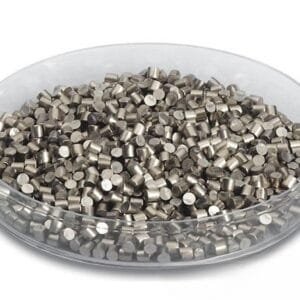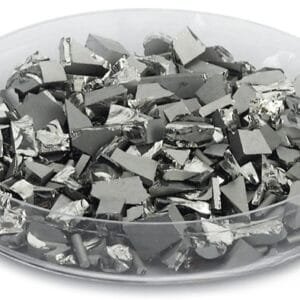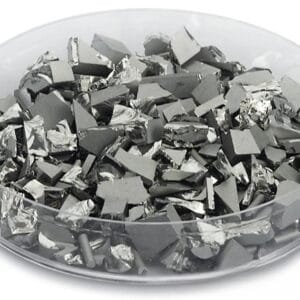Copper Aluminum Evaporation Materials Overview
TFM provides high-purity copper aluminum evaporation materials, consisting of a precise alloy of copper (Cu) and aluminum (Al). Our materials are crafted to achieve up to 99.9995% purity, crucial for high-quality film deposition in various applications. We employ stringent quality assurance processes to ensure the reliability and performance of our products.
Applications of Copper Aluminum Evaporation Materials
Our copper aluminum evaporation materials are versatile and used in multiple deposition processes, including:
- Semiconductor Deposition: Essential for the creation of thin films in semiconductor manufacturing.
- Chemical Vapor Deposition (CVD) and Physical Vapor Deposition (PVD): Key to producing high-quality coatings in various industrial applications.
- Optics: Applied in wear protection, decorative coatings, and display technologies.
Packaging and Handling
We take great care in packaging our copper aluminum evaporation materials to avoid damage during storage and transportation, ensuring they arrive in optimal condition.
Contact Us
TFM stands out as a premier provider of high-purity copper aluminum evaporation materials. We offer these materials in various forms, including powders and granules, with customization options available upon request. For current pricing or to inquire about materials not listed, please contact us directly.


 MSDS File
MSDS File



Reviews
There are no reviews yet.